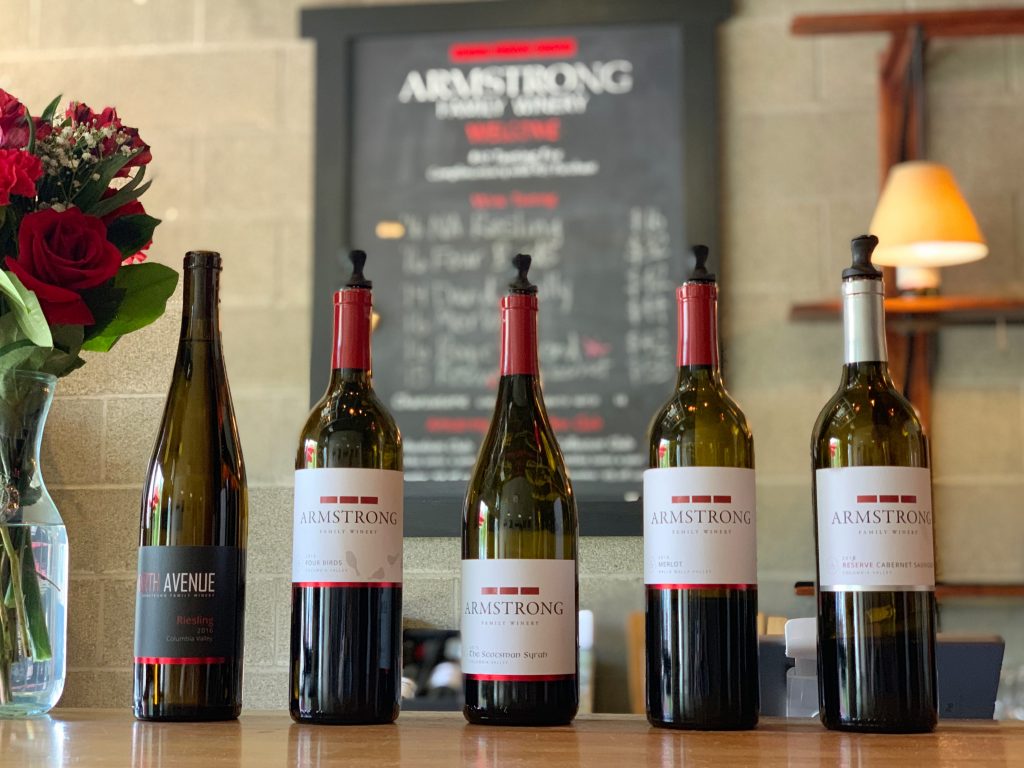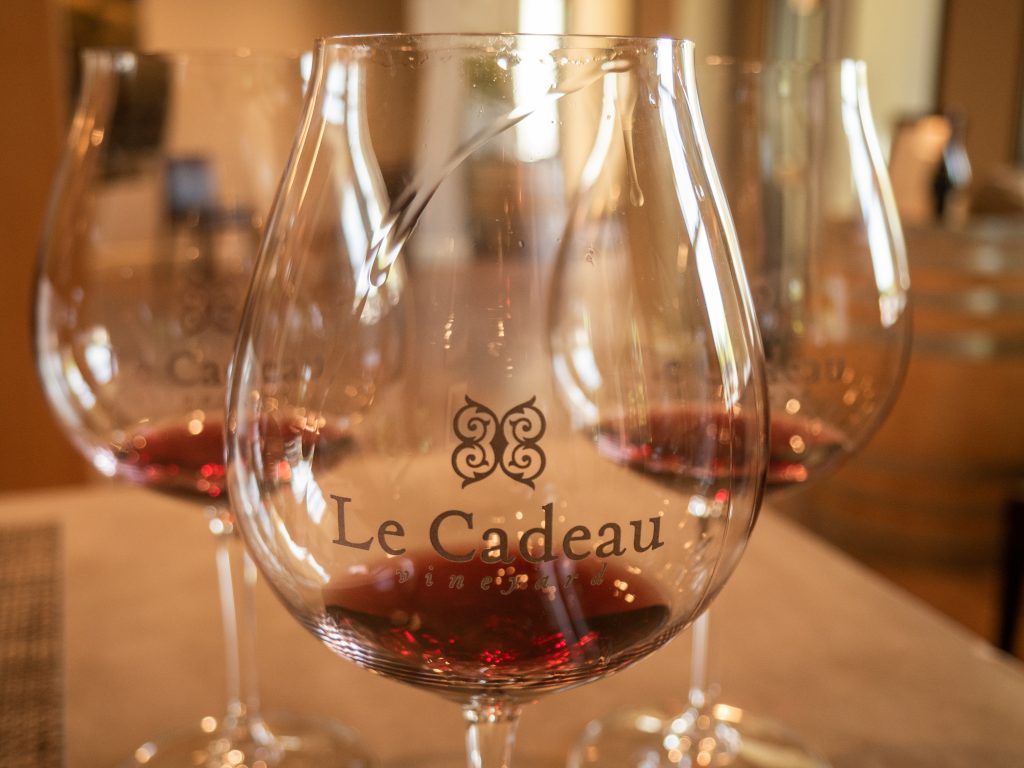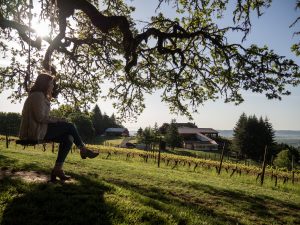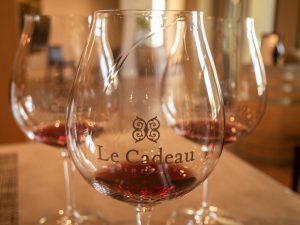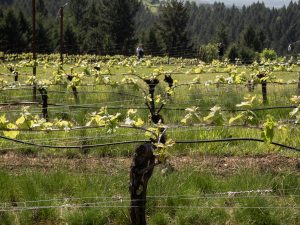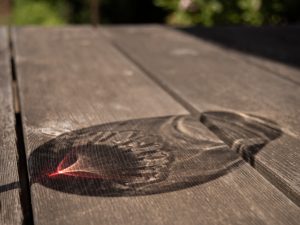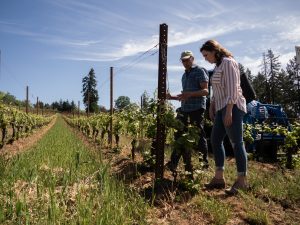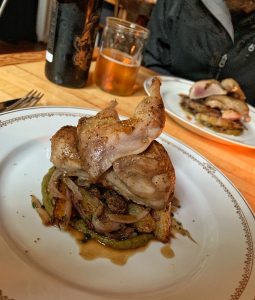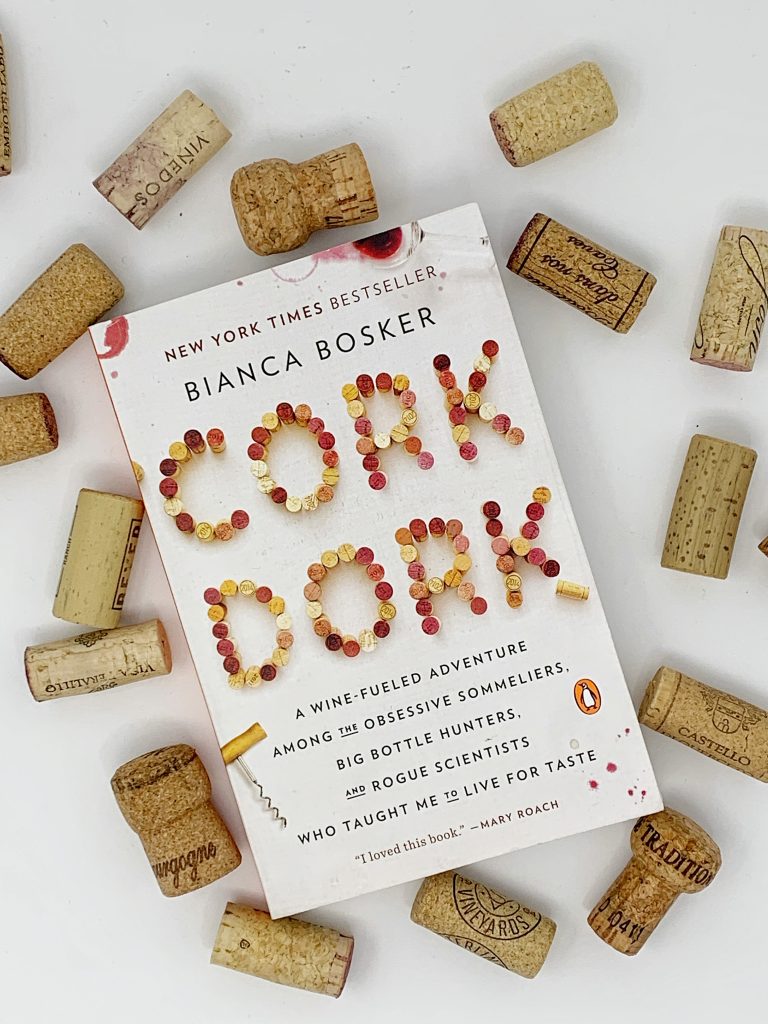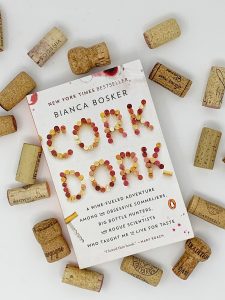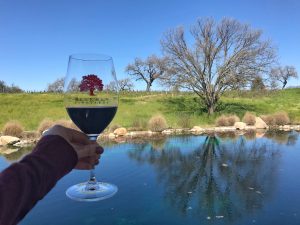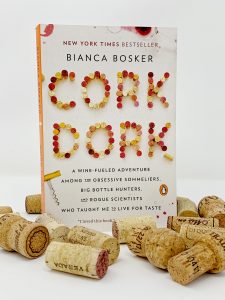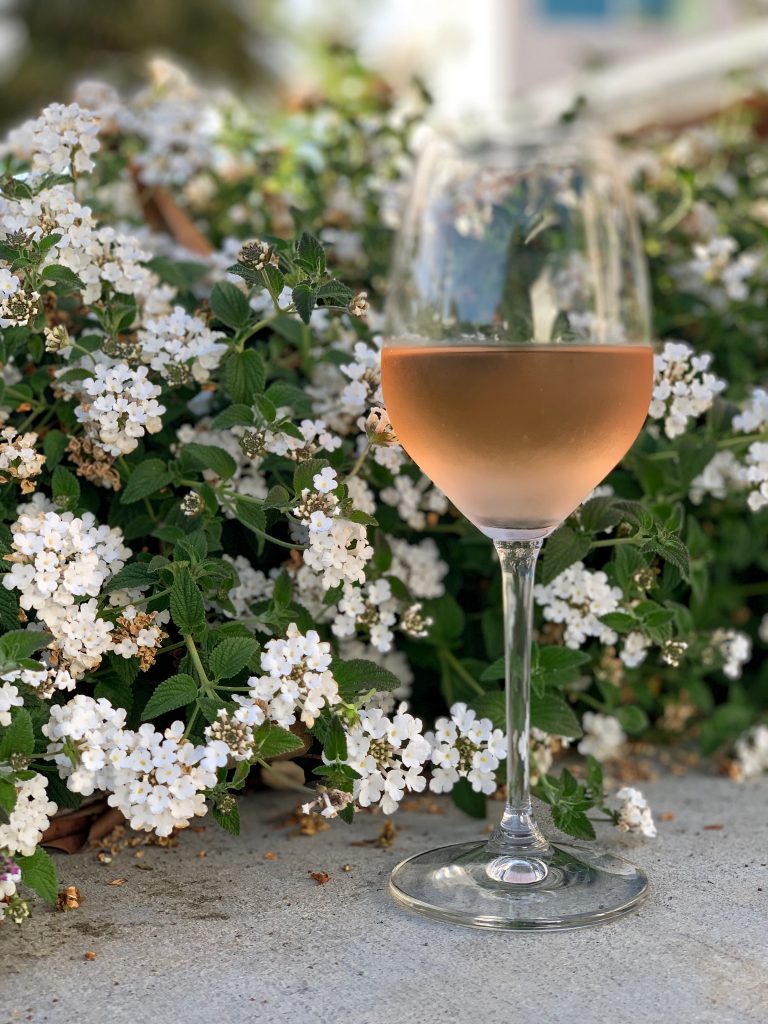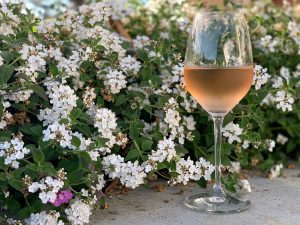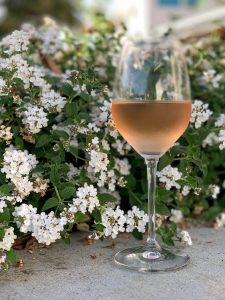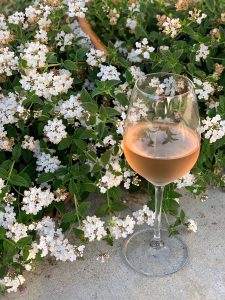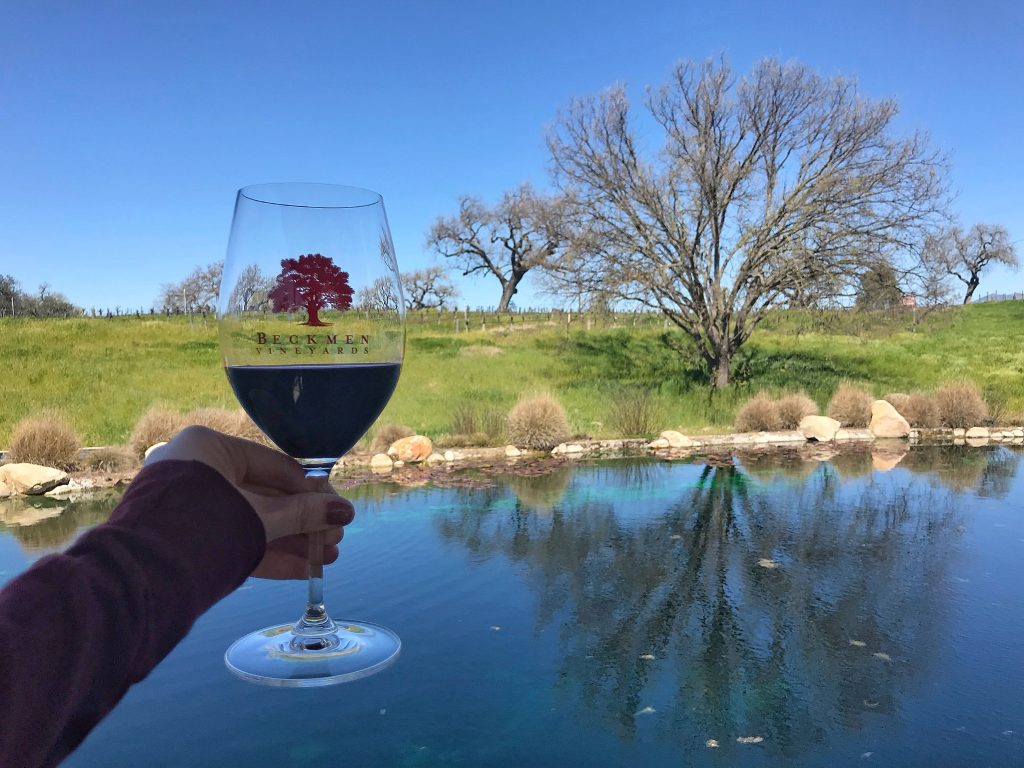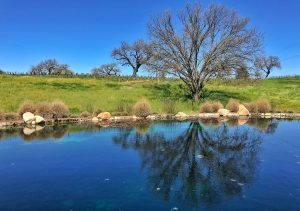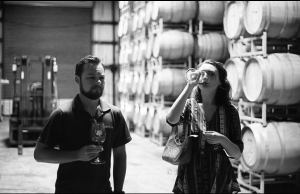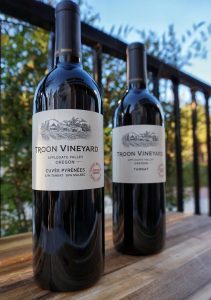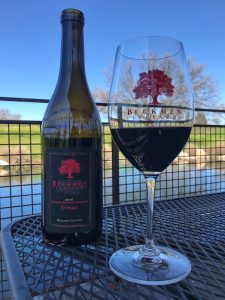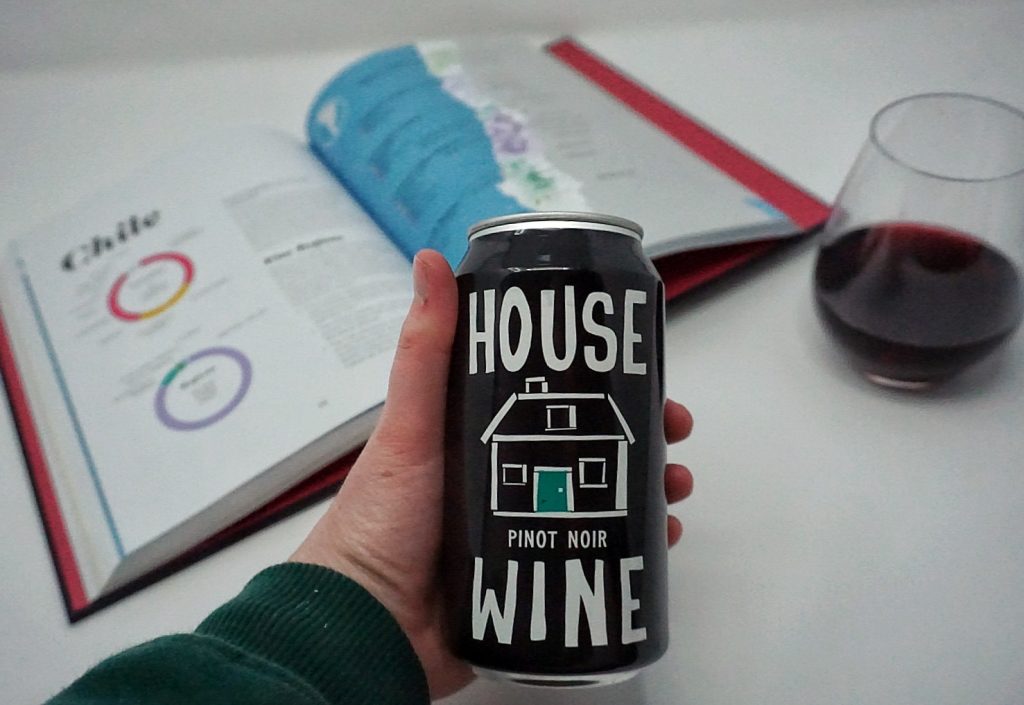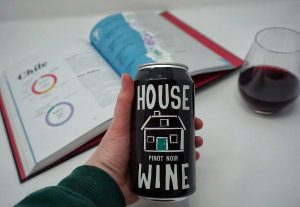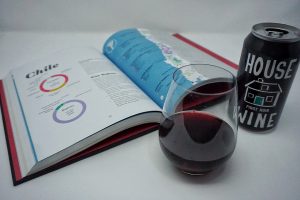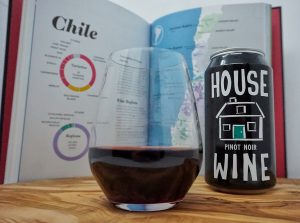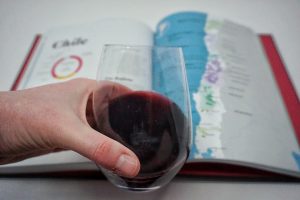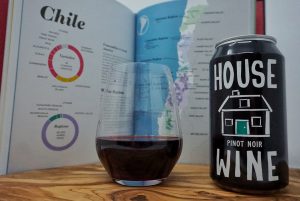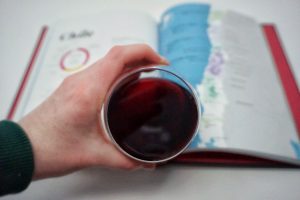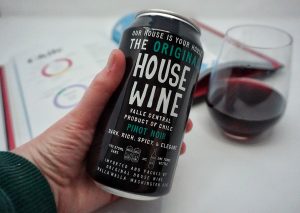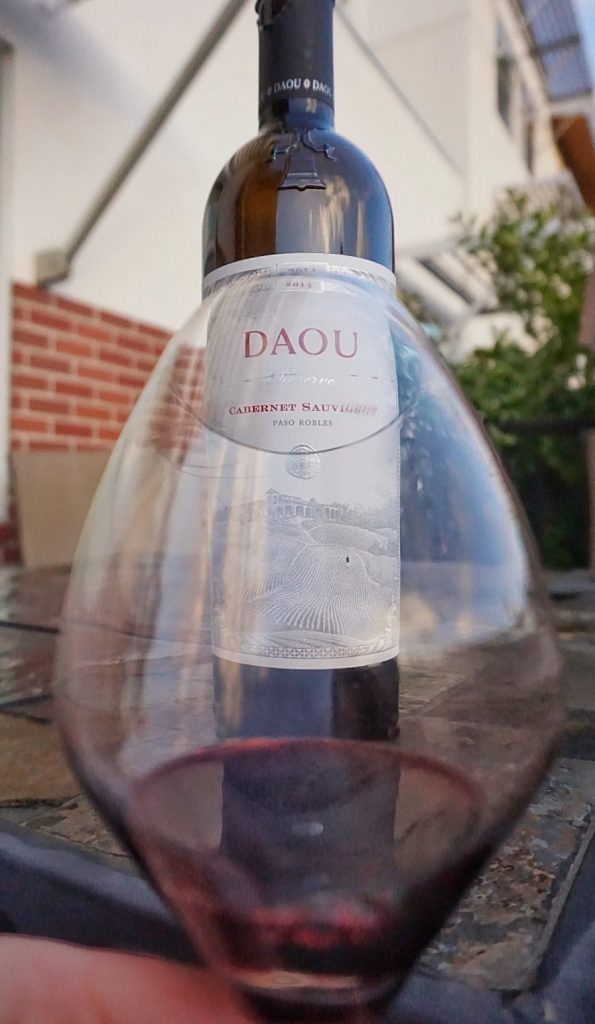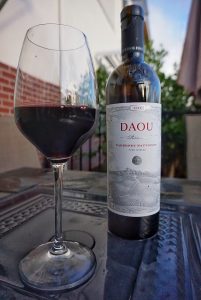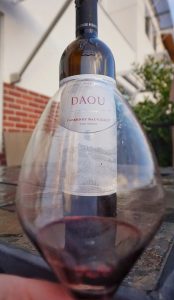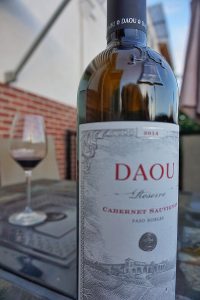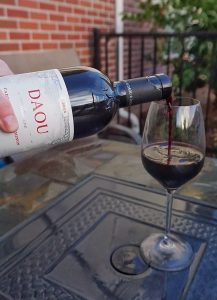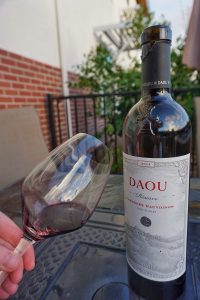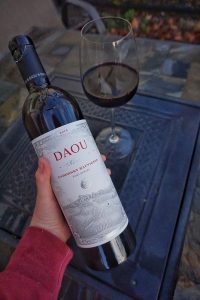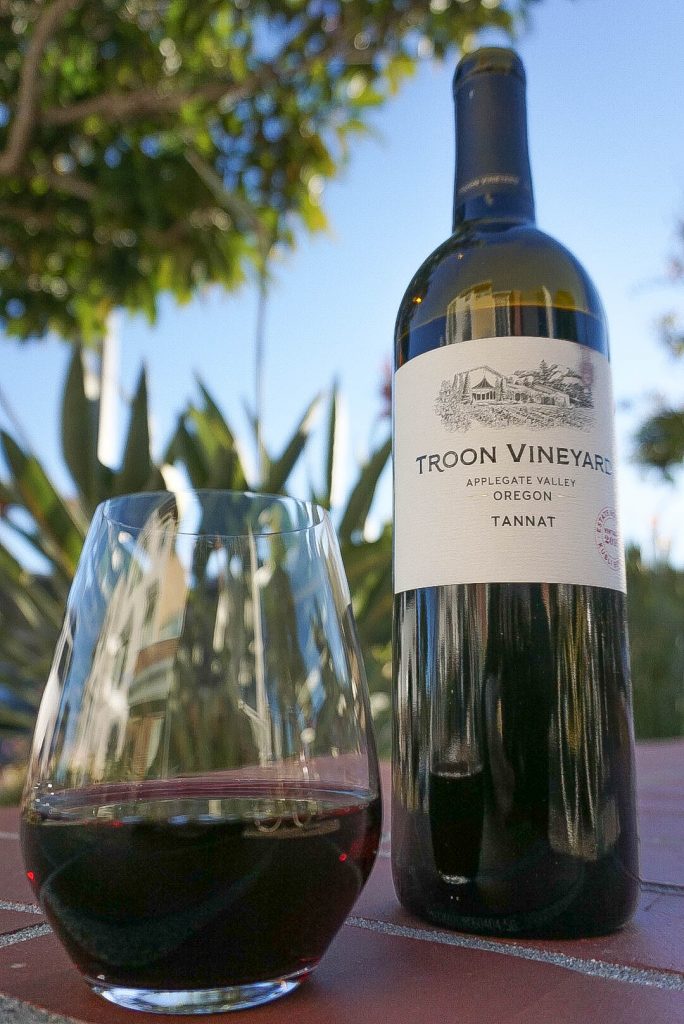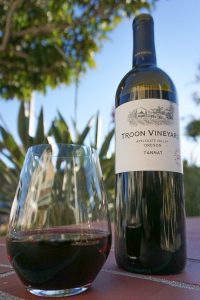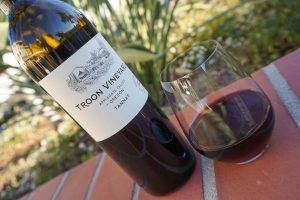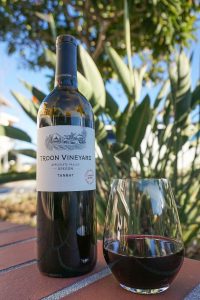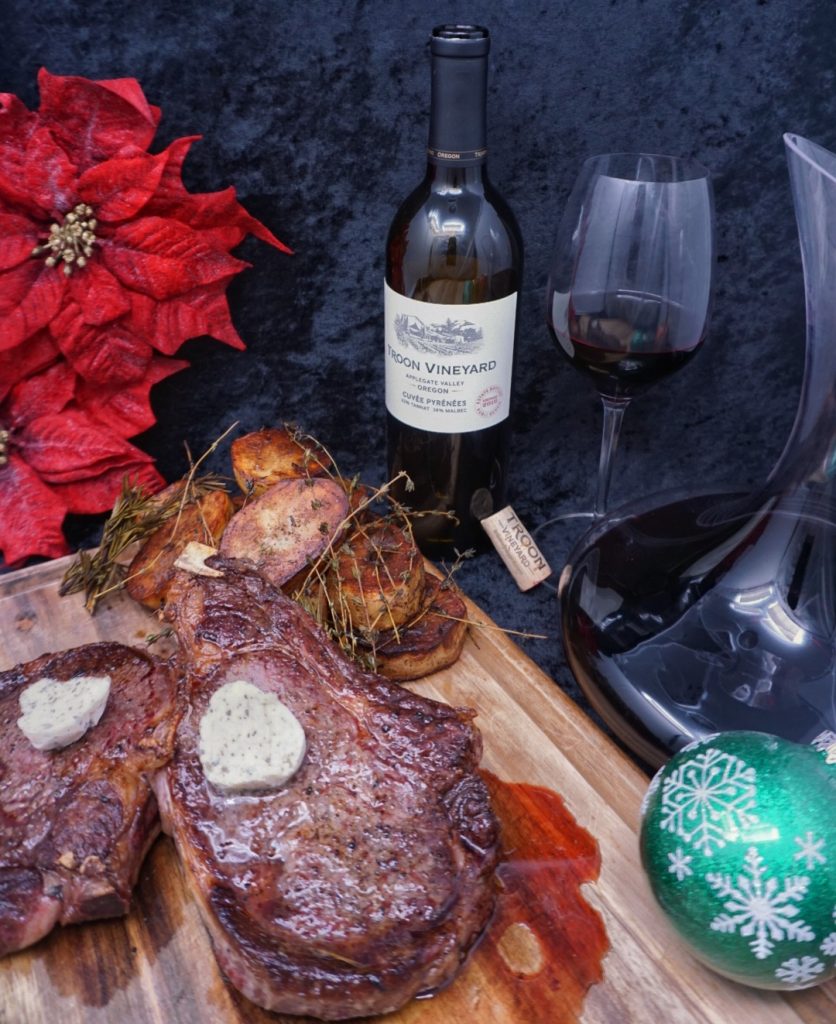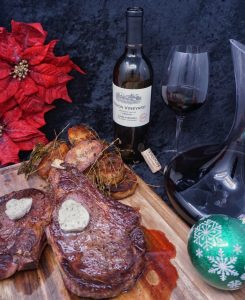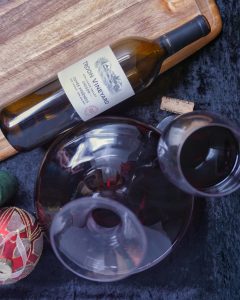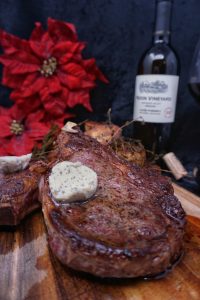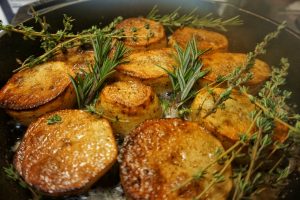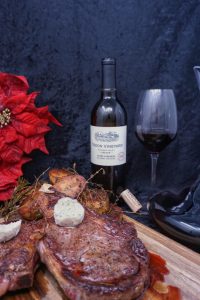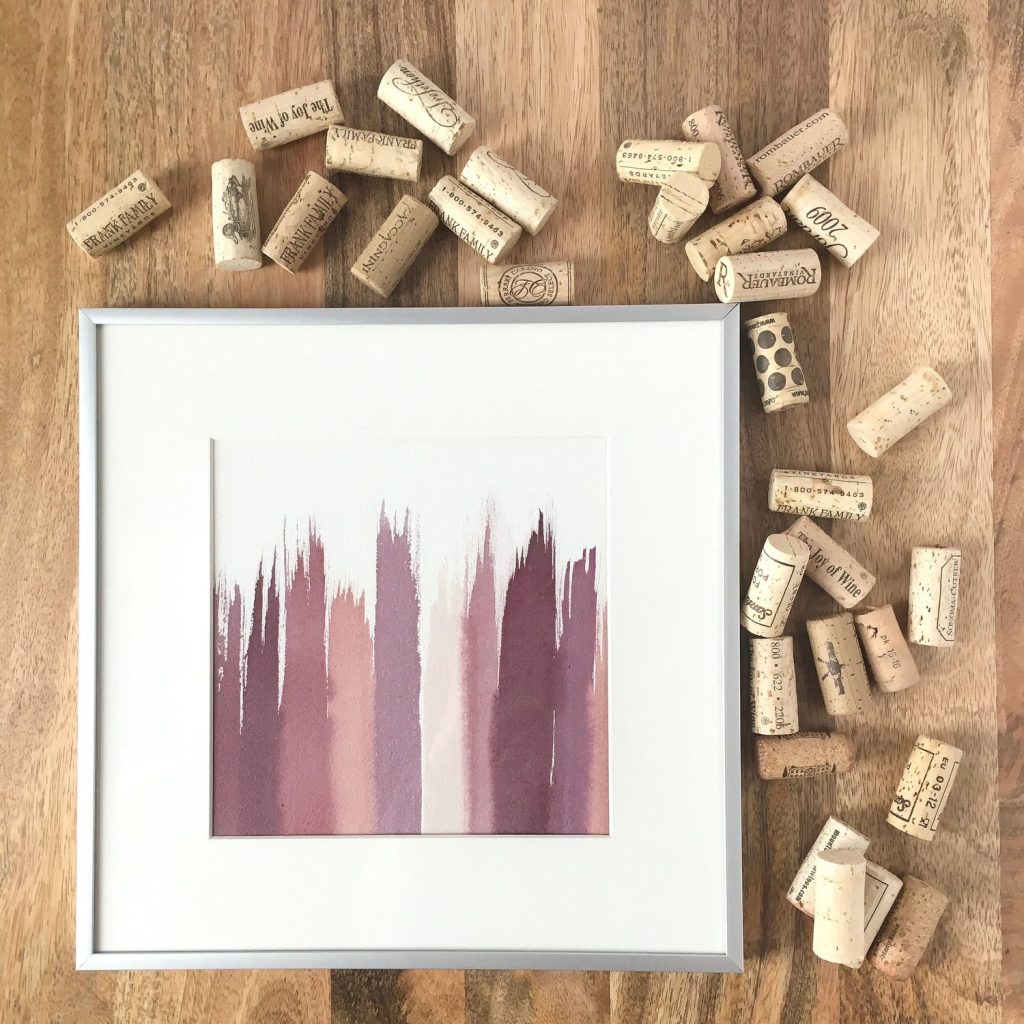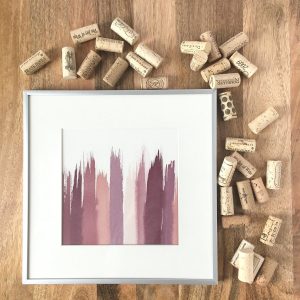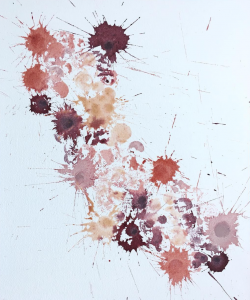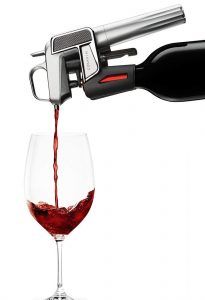If you followed my blog during my trip to Walla Walla, Washington last fall, you may remember my lunchtime visit to Armstrong Family Winery for a tasting with owner and winemaker Tim Armstrong. (Click here to read all about my visit to the Walla Walla tasting room!) The Armstrong label has stood out to me as a “Washington wine-must” ever since.

So, when our recent trip to the PNW took us to Woodinville, Washington for an afternoon last month, I knew there was one tasting room that we absolutely needed to stop at: Armstrong Family Winery! That’s right, in addition to their Walla Walla location, Armstrong also has a presence in the urban winery setting that is Woodinville.
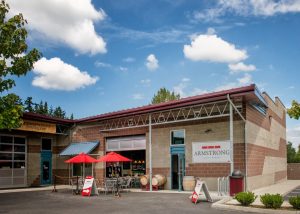
Urban wineries, you ask?
Don’t expect to see rolling vineyard hills and glamorous views in Woodinville wine country. Expect, instead, to “wine hop” from door-to-door in a strip mall or industrial park. You’ll find over 100 wineries sandwiched into this small urban setting. There’s plenty of breweries and distilleries, too!
We popped into Armstrong unannounced, but were excited to find that they were in the middle of their 2016 Merlot release weekend. Not only that, but Tim and his wife Jen happened to also be in Woodinville for the weekend! We spent our afternoon sipping the wine lineup with Lisa (the fabulous and friendly Woodinville tasting room host), chatting with Tim and Jen, and enjoying a bottle of the 2016 Merlot.
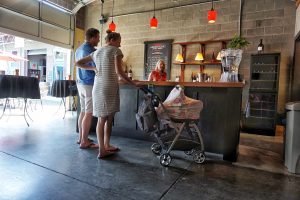
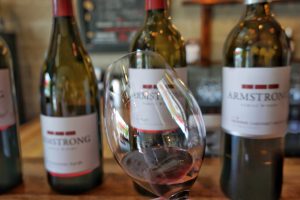
The 2016 Merlot is a fantastic bottle of wine.
It is hearty and complex, balanced, can hold up to food, or can be enjoyed on its own (I opted for the latter during this visit). The Armstrong Family Winery Merlot is a “big” wine, perfect for a Cab- or Syrah-lover looking to branch out to other wines. And for the Merlot-doubters of the world, this bottle is a perfect show of what the Merlot varietal can be with the proper balance of skill, artistry, and finesse in the winemaking process.
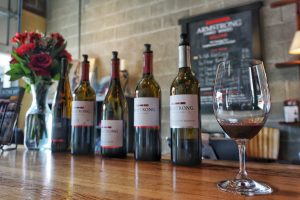
For the Armstrong Family, this bottle brings their wine journey full-circle.
It was a bottle of Washington Merlot that first inspired Tim and Jen to take the leap to winemaking and uproot from Chicago to Eastern Washington. For Tim and Jen, producing this single-varietal bottle pays homage to their journey through the world of wine. In my opinion, it confirms that they made the right choice by taking the leap to Washington wine…this 2016 Merlot is a standout in their lineup!
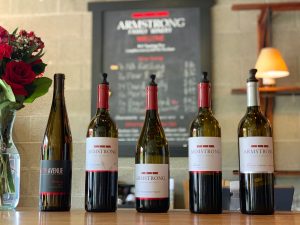
The wine from Armstrong Family Winery speaks for itself in terms of quality. The kind, down-to-earth, and hospitable nature of the Armstrong Family further conveys the passion and dedication that goes into creating these high-caliber bottles and blends.
If you’re anything like me and enjoy supporting family-owned and operated businesses, consider ordering some Armstrong Family Wine for yourself. They ship to most US states in case you’re not located in Washington. And if you’re having trouble choosing a bottle (or two, or three, or four), you can check out my previous post with details on several of their wines. Just know that you really can’t go wrong with whatever you choose!

Thanks, Armstrong Family, for another wonderful experience enjoying your wines. I can’t wait to visit again!
Did you enjoy this Sip of the Week? If so, please share on social media!

